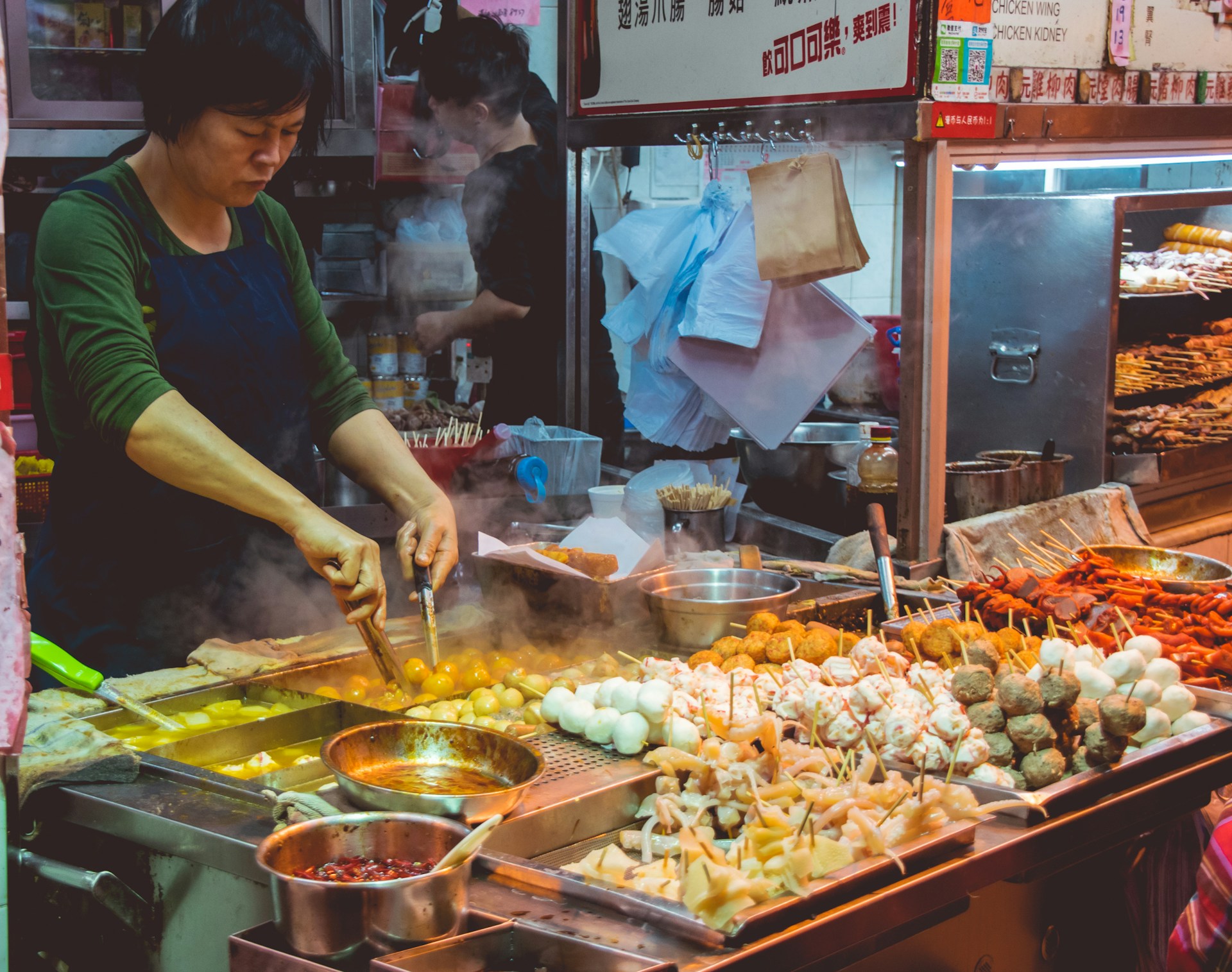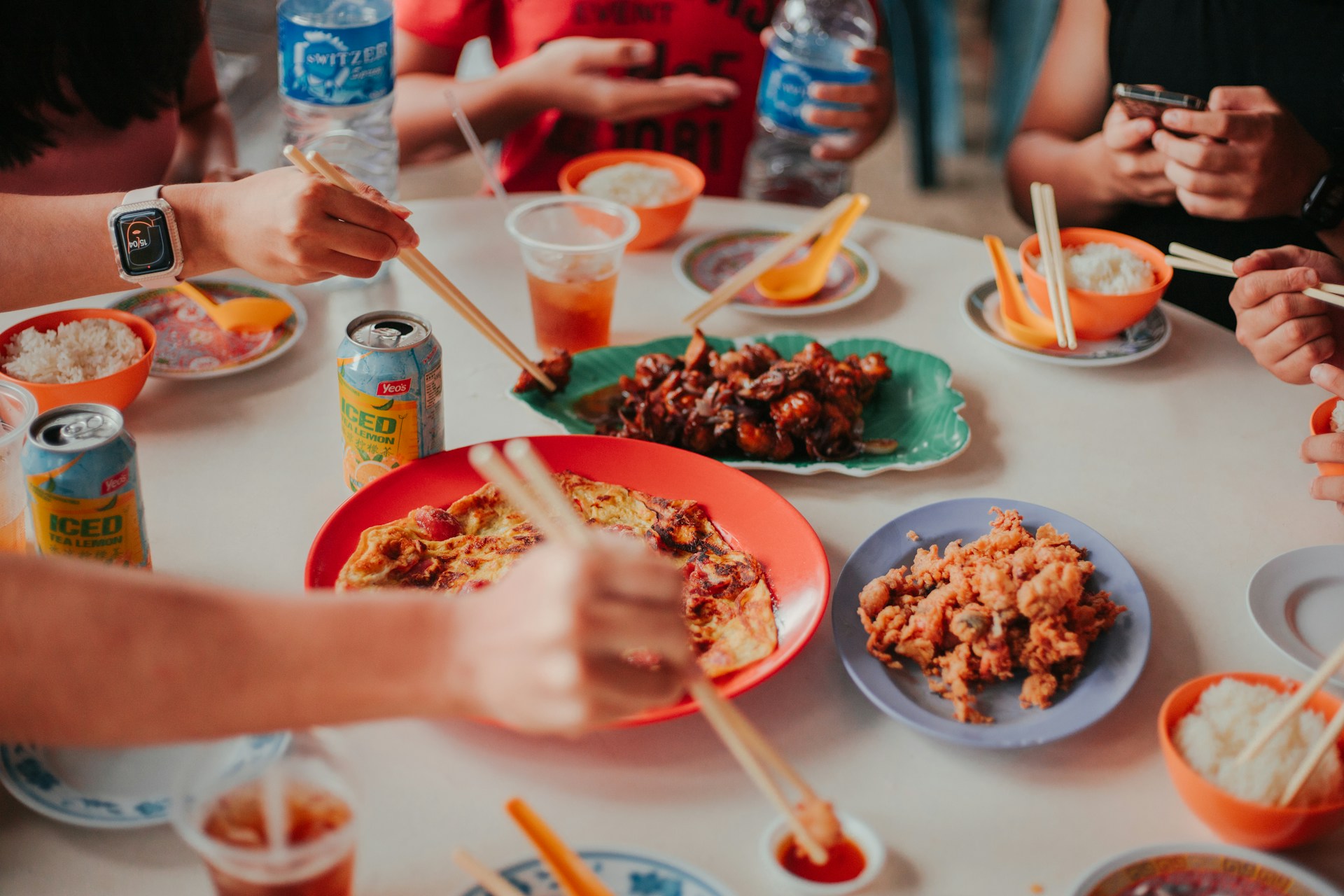
Introduction
Street food is more than a snack—it’s culture in motion. From Mexico City tacos to Bangkok satay, Istanbul simit to Lagos suya, these quick, affordable bites carry centuries of history. What’s fascinating is how naturally balanced most global street foods are. Without calorie apps or health guides, many street snacks achieve what diet culture struggles to: the right mix of flavor, satisfaction, and nutrition.
This article explores global street foods, what they reveal about balance, and how to borrow their wisdom for everyday eating.
The cultural role of street food
-
Accessibility: Street food is for everyone—affordable, portable, universal.
-
Identity: Each bite tells a story of region, trade routes, and local resources.
-
Community: Stalls and markets are social hubs, not just places to eat.
Street food examples & hidden balance
-
Tacos (Mexico): Tortilla (carb) + meat/beans (protein) + salsa/veggies (fiber) + avocado (fat). Balanced, handheld meal.
-
Satay (Thailand/Indonesia): Grilled skewers of meat with peanut sauce. Protein + fat, often eaten with rice or cucumber for balance.
-
Falafel (Middle East): Chickpea fritters with veggies in pita + tahini. Plant protein, fiber, healthy fats.
-
Bánh mì (Vietnam): Bread + protein filling + pickled veggies + herbs. Combines Western carbs with Asian freshness.
-
Suya (Nigeria): Spiced grilled beef skewers, served with onions and tomatoes. High protein, moderate fat, antioxidants from spices.
-
Onigiri (Japan): Rice balls with fish or pickled fillings. Simple carb + protein + umami.
Lessons street food teaches
-
Portion matters: Most street food is single-serve—not oversized.
-
Balance in tradition: Carbs, protein, fat, and vegetables are built-in.
-
Flavor drives health: Herbs and spices add antioxidants and satisfaction.
-
Accessibility is key: Healthy food doesn’t need to be expensive or complex.
How to apply at home
-
Build meals like a taco: carb base + protein + veg + fat.
-
Keep portions handheld or bowl-sized—not supersized.
-
Use bold herbs and spices instead of heavy sauces.
-
Treat meals as social: cook or eat with others when possible.
Troubleshooting
-
Street food too oily locally? Balance by pairing with fresh fruit/veg.
-
Can’t find authentic stalls? Recreate at home with simple swaps.
-
Health concerns (safety)? Stick to busy stalls with fast turnover.
-
Diet restrictions? Most cultures have plant-based street food options.
Quick checklist
□ Think “street food balance” at meals: carb + protein + veg + fat
□ Portion = handheld, not giant
□ Herbs/spices for flavor, not excess sauces
□ Make meals social, not just fuel
Bottom line
Street food isn’t junk—it’s cultural wisdom in a wrapper. Across continents, it teaches us portion control, balance, and joy in eating. By borrowing its lessons, we can make everyday meals both healthier and more satisfying.

